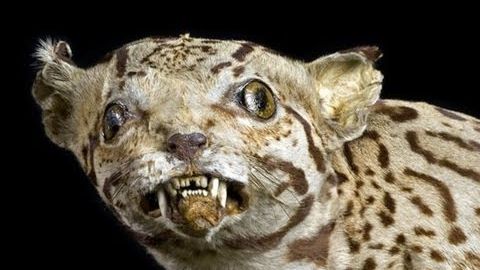なぜ人間は剥製にしないのか? (Why Don't We Taxidermy Humans?)
林宜悉 が 2021 年 01 月 14 日 に投稿  この条件に一致する単語はありません
この条件に一致する単語はありませんUS /ˈɪnstəns/
・
UK /'ɪnstəns/
- n. (c./u.)例;発生;インスタンス
- v.t.例に挙げる
- phr.要請で
US /ɪkˈstrim/
・
UK /ɪk'stri:m/
- adj.(程度が)最も高い : 極度の;極端な;強烈な;極端な
- n.(物事の)極端 : 極致;極限;極端な手段
US /ˈprɑpəti/
・
UK /'prɒpətɪ/
エネルギーを使用
すべての単語を解除
発音・解説・フィルター機能を解除

